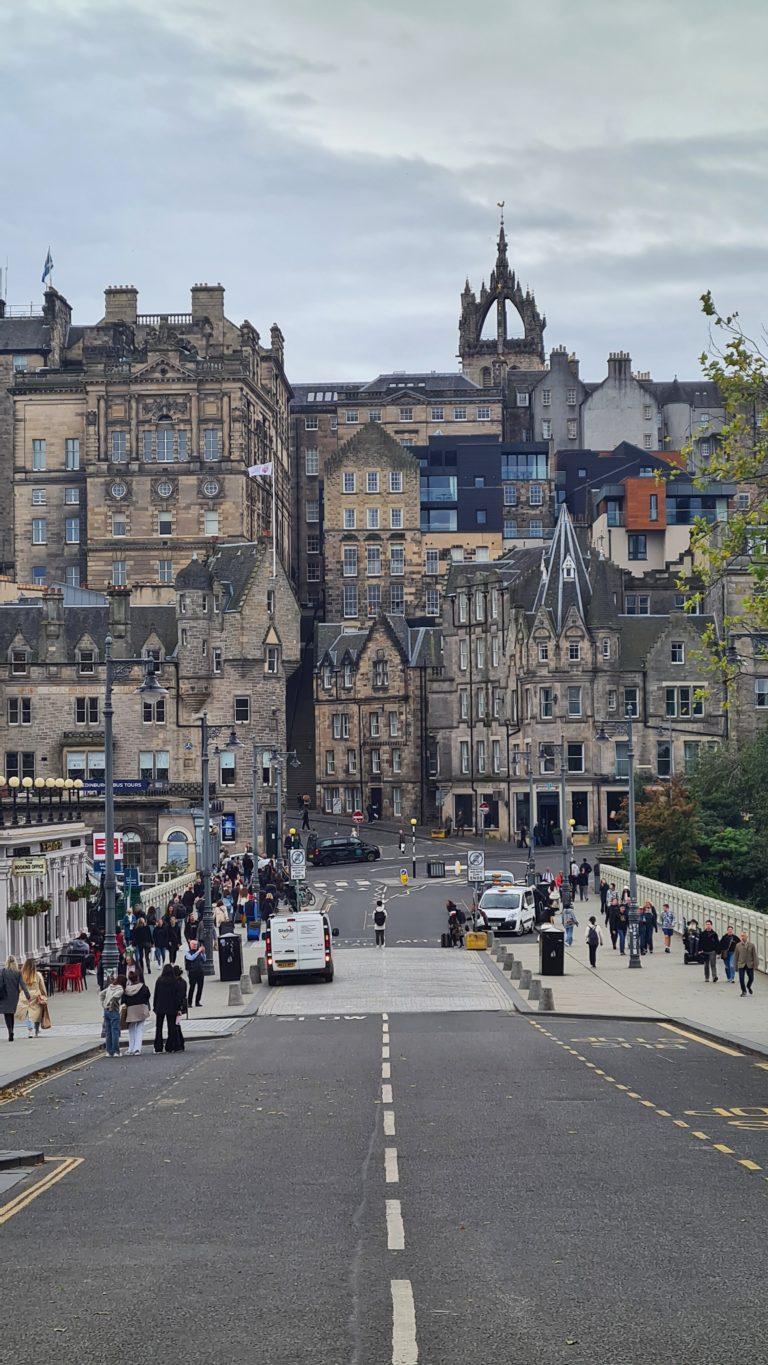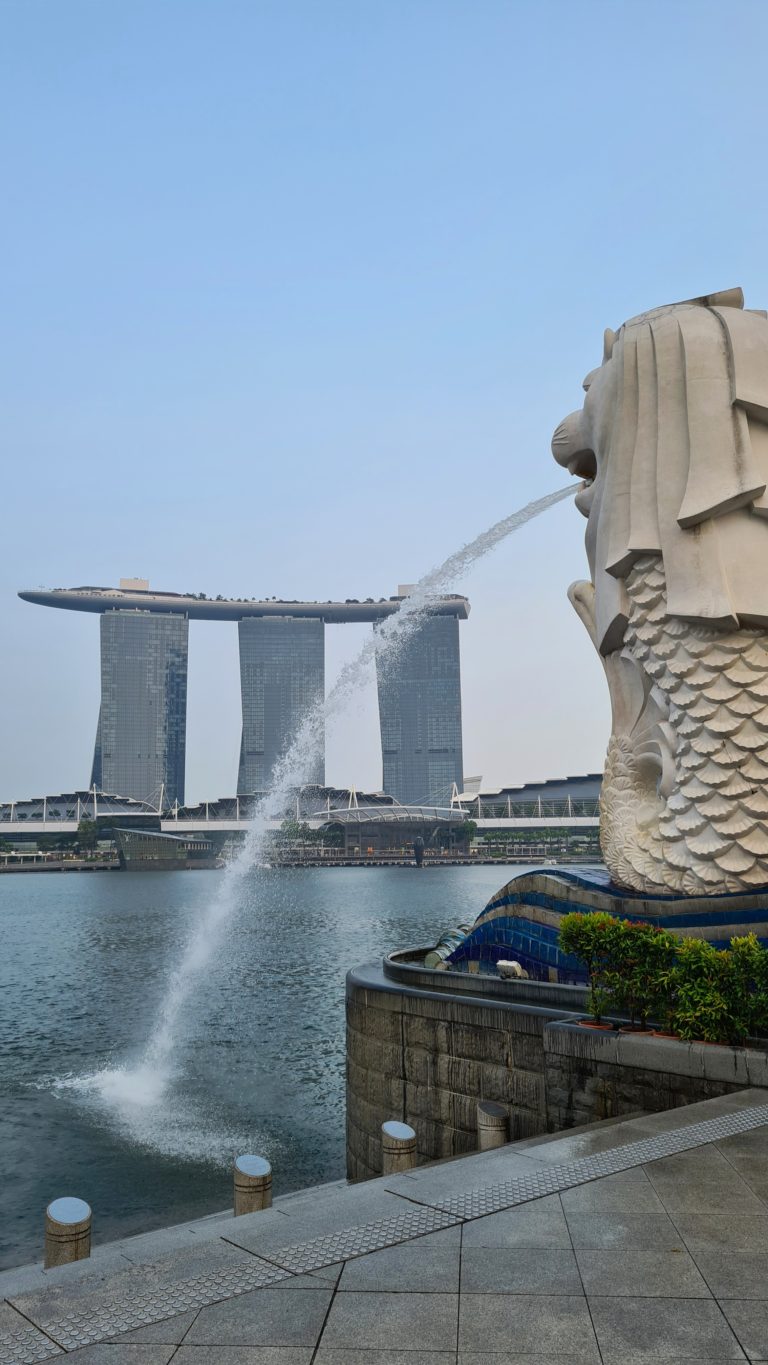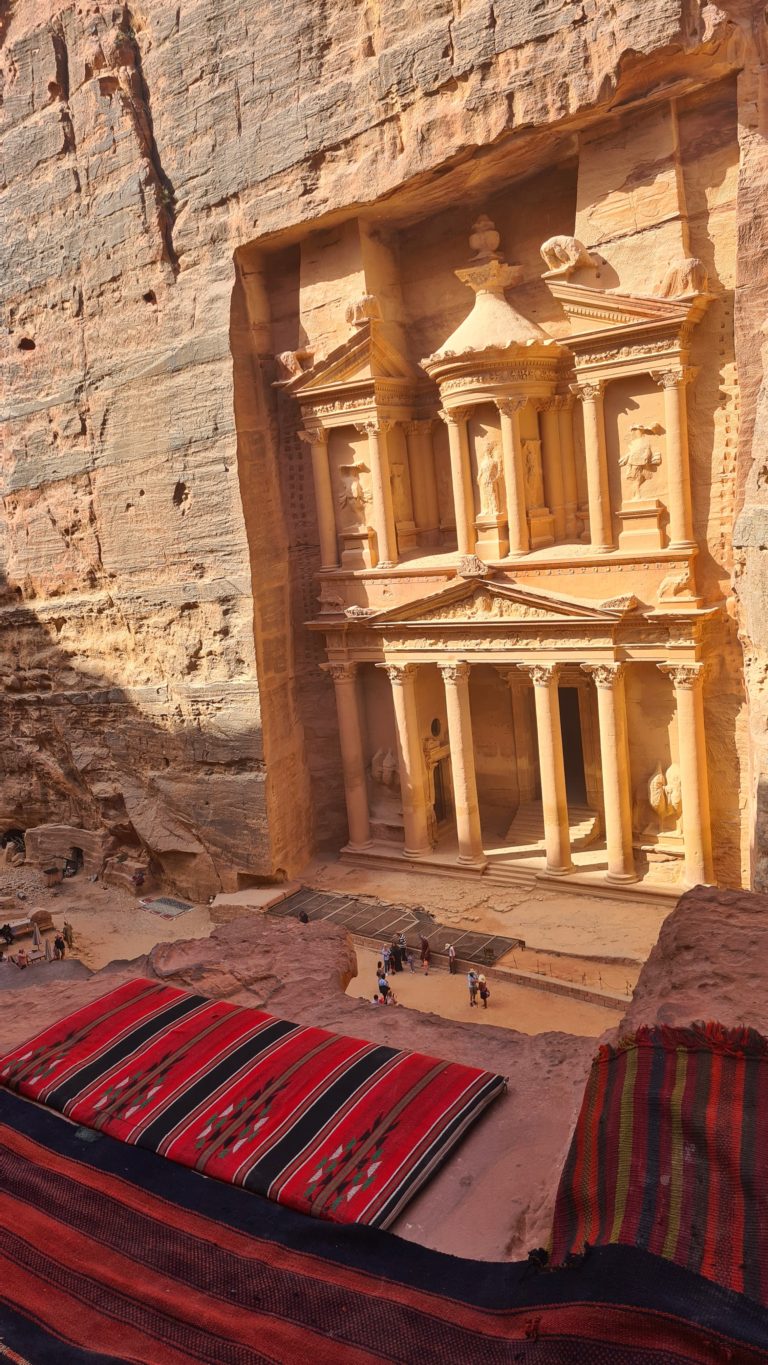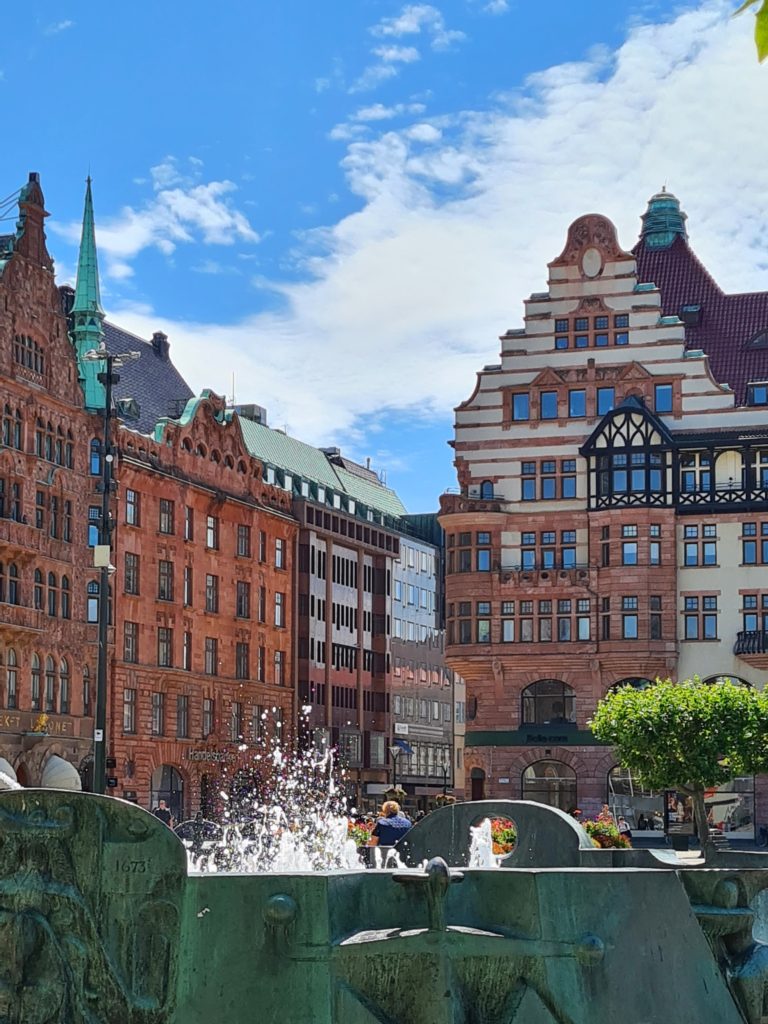For about 4 years now, we have decided to celebrate our birthdays around the world. It is the best gift option from our point of view and July 18 is already a family tradition. So… the winning choice for this year’s “party” was a weekend in Copenhagen, combined with a day in Malmo.
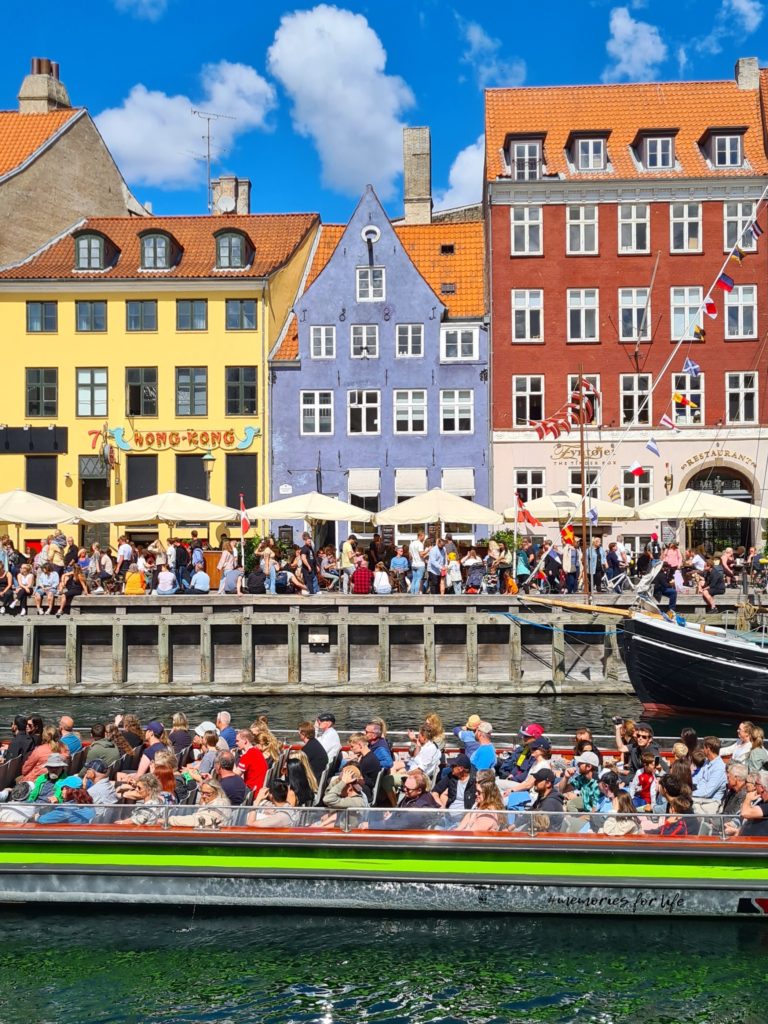
- Day 1: City Hall, Magstraede, Christiansborg, Nyhavn, Stroget, The Round Tower, Rosenborg Castle, Torvehallerne Market.
- Day 2: The Church of our Saviour, Christiania Freetown, Ofelia Plads, Amalienborg and Frederik’s Church, Krusemyntegade, Kastellet, Little Mermaid.
details pre-trip:
Tickets:
I found them through the Skyscanner app, with Lufthansa. The round-trip cost, with a 1-hour layover, in Vienna was 750 lei / 150 euros.
Accommodation:
For the first time, I tried the new Revolut Stay functionality. For 3 nights, at Wakeup Copenhagen Bernstorffsgade, the initial price was 1500 lei / 300 euros, but I received an instant cash-back of 100 lei upon booking. The experience was very good, the only minus would be that the communication with the host is done by email and there is no chat, as we were used to with other applications. Otherwise, all good :d
Transport:
Nothing new that the transport is exceeellent. There was no need to take out any cash, because everywhere you can pay by card.
From the airport to the city center, you can choose to take the train and the 5C bus. Both options cost 36 DKK, because it is the transition from zone 3 to zone 1. Tickets are available using the red vending machines at the airport or online from the DOT Tickets app. We preferred the train option, because it is faster, at the same price.
Also in terms of transport, a ticket from Copenhagen – Malmo costs 91 DKK. The train runs every 15-20 minutes and you have the chance to see one of the most fabulous bridges in Europe, the Oresund Bridge. This whole journey from one country to another takes 30 minutes and 8 km are underwater. Cool, right? More details, in a separate article: Quick Escape in Malmo.
trip and costs:
1. Magstraede
We didn’t stop, but we admired Tivoli Park from outside. Then, we passed by the city hall and 5 minutes away, there is Magstraede street. The oldest and most colorful street in Copenhagen.

2. christiansborg palace
Christianborg is located on the island of Slotsholmen and here is the Danish Parliament and the Supreme Court. Inside you can see the reception, the kitchen, the stables and the ruins for a ticket of 160 DKK. If you want to visit a museum or an iconic building in Copenhagen, that’s the one.
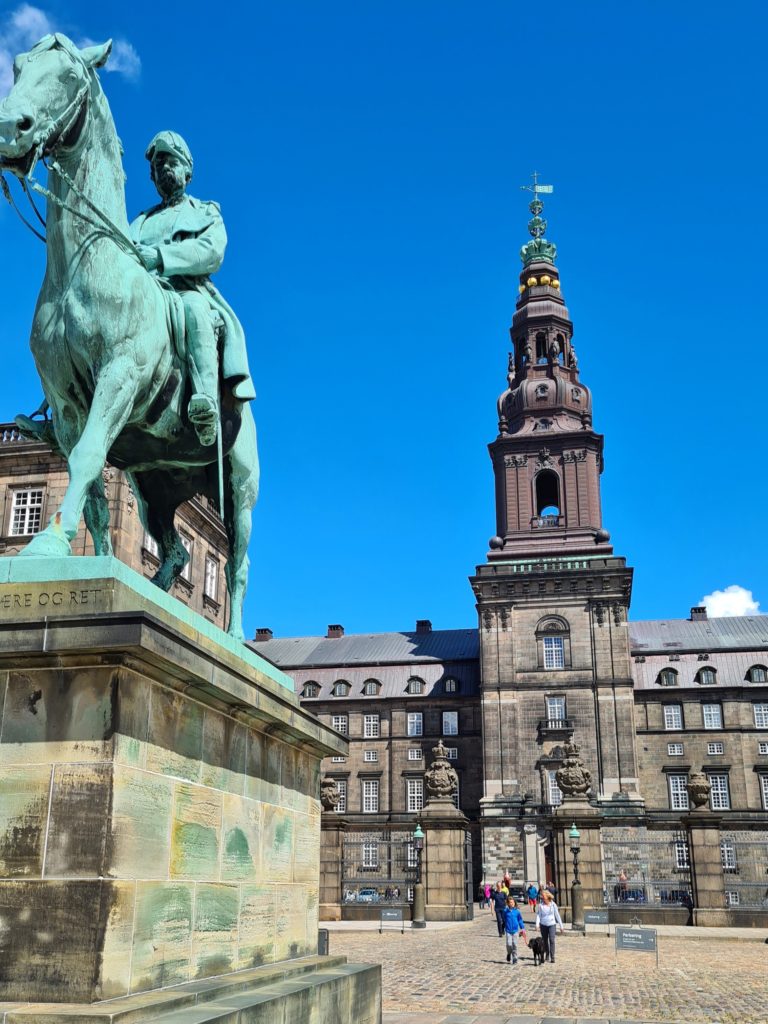
3. Nyhavn
Probably the most photographed and well-known area in the city. Havn in danish means port and some time ago, Nyhavn was the gateway from the sea to the old town. For those who still remember the tales of our childhood, Hans Christian Andersen lived here for 18 years.
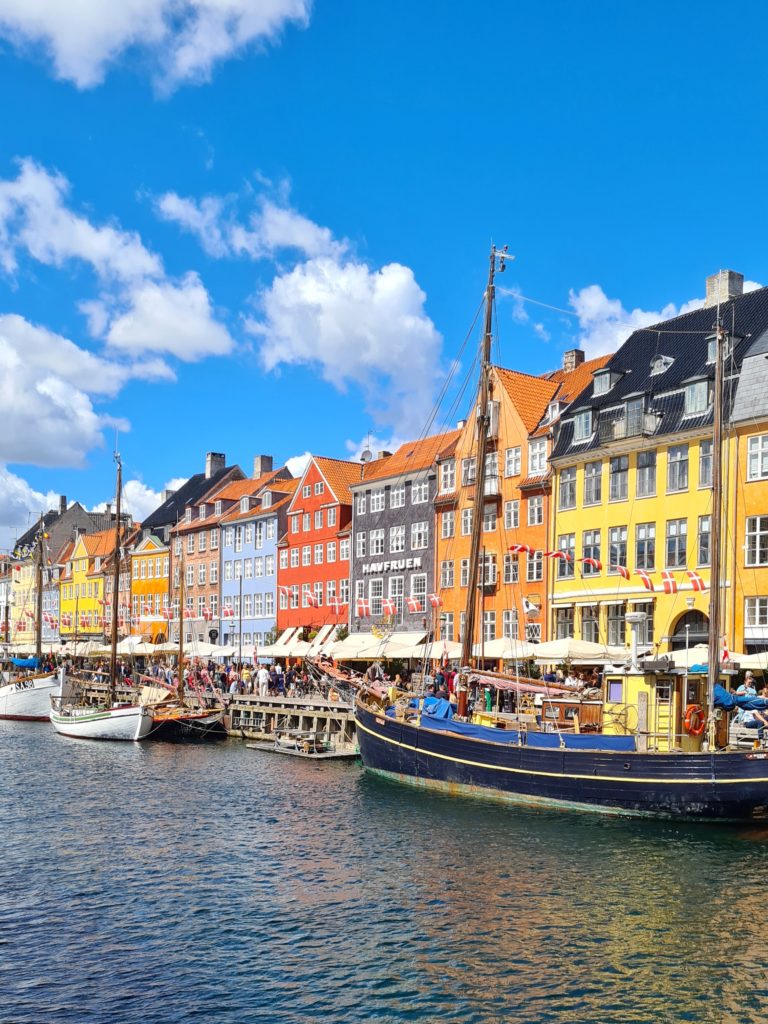
4. Stroget
It is over 1 km long and it is one of the longest pedestrian street with a multitude of shops. It is a significant area in the history of the city, because after the decision to become pedestrianized in the ’60s, the city developed more and more towards this initiative.

5. The Round Tower
For DKK 40, you can climb the Rundetaarn or the Round Tower and admire the view from 35m. It was built as an astronomical observatory around the 17th century.
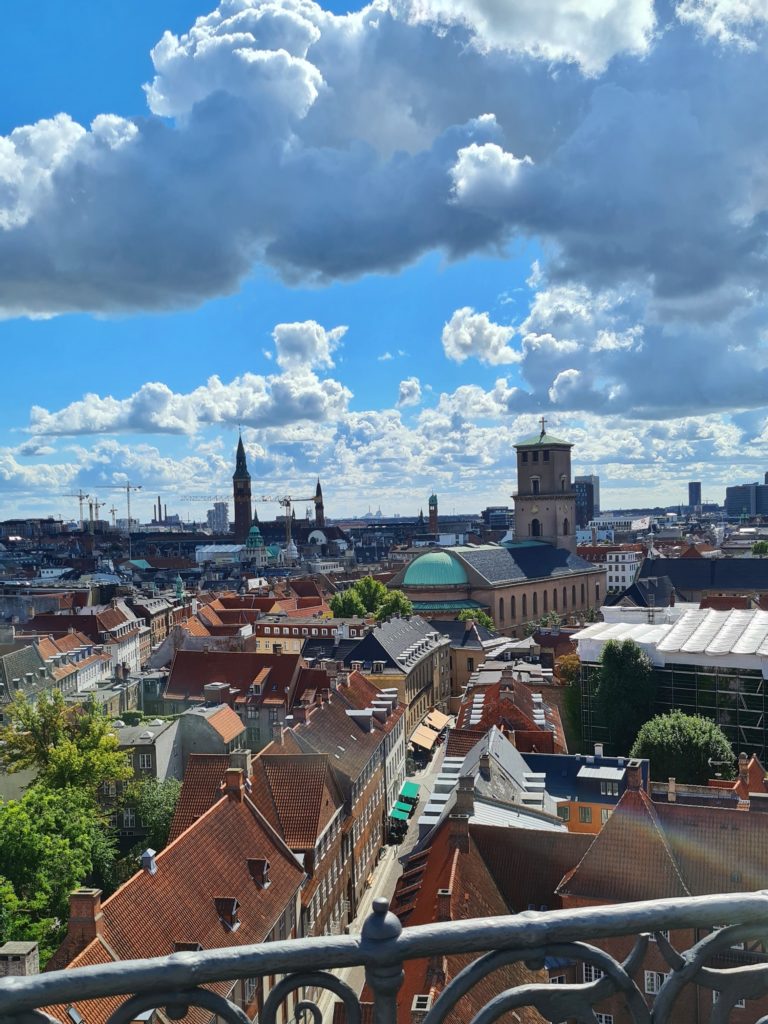
6. Rosenborg Castle
It is a typical danish castle, originally built as a country summerhouse. There is also a park nearby, to walk and relax.
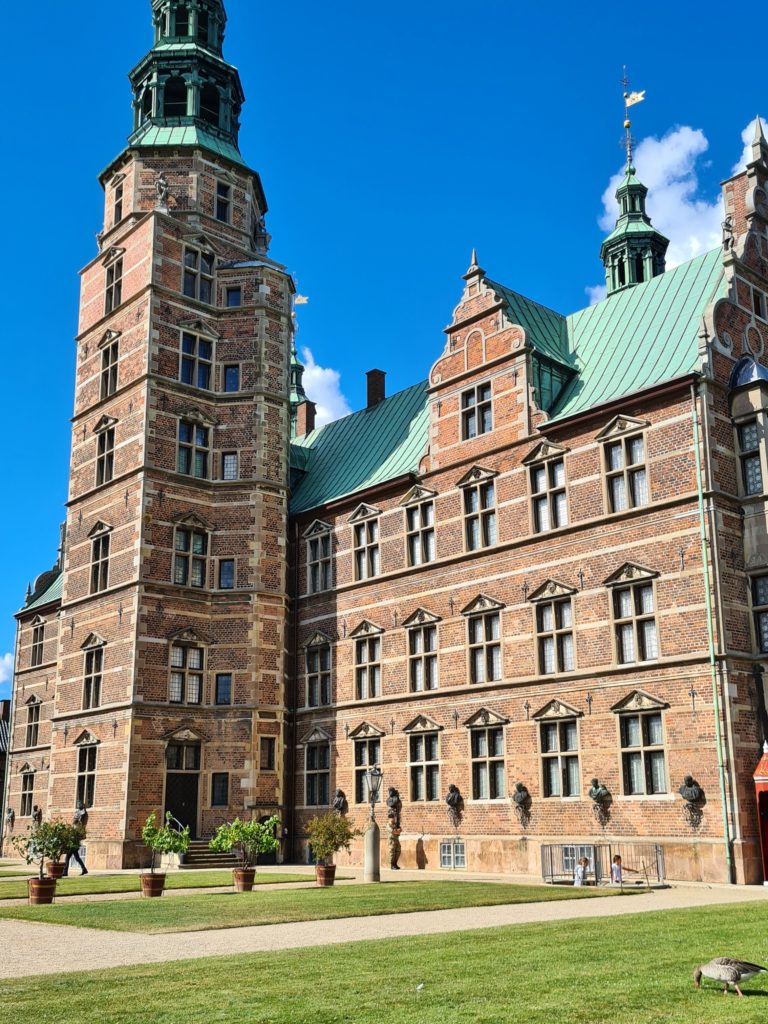
7. Torvehallerne Market
If after all the day in Copenhagen, you want to eat something fresh and interesting, in Torvehallerne Market you can find fish, vegetables, fruits and others.
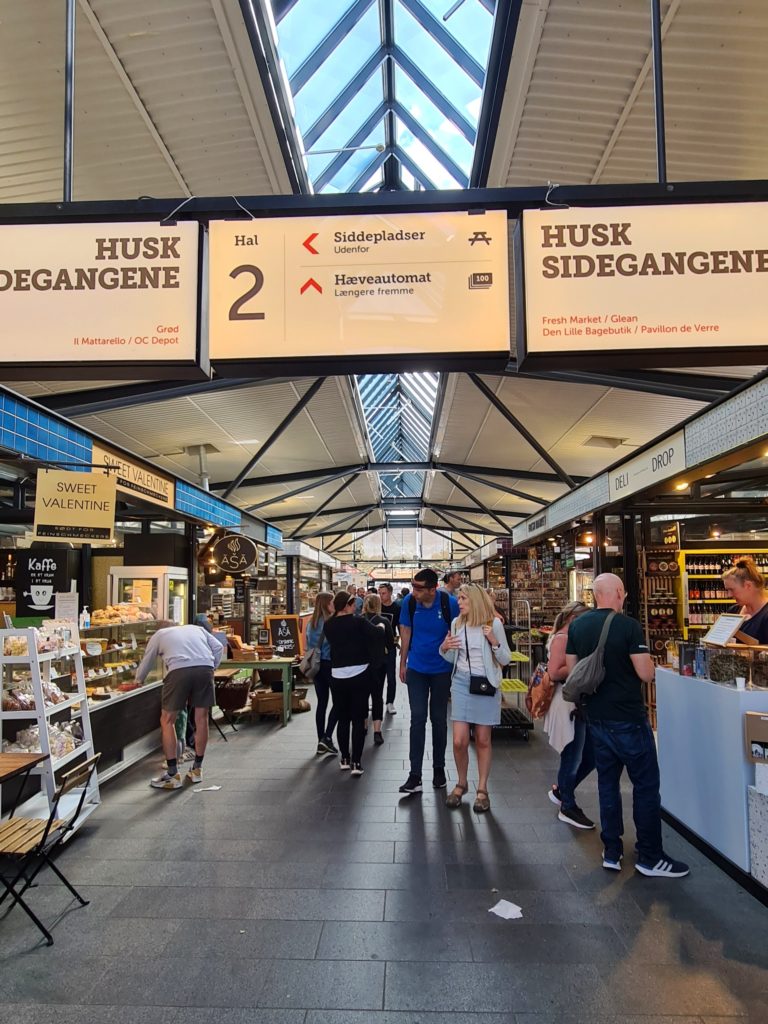
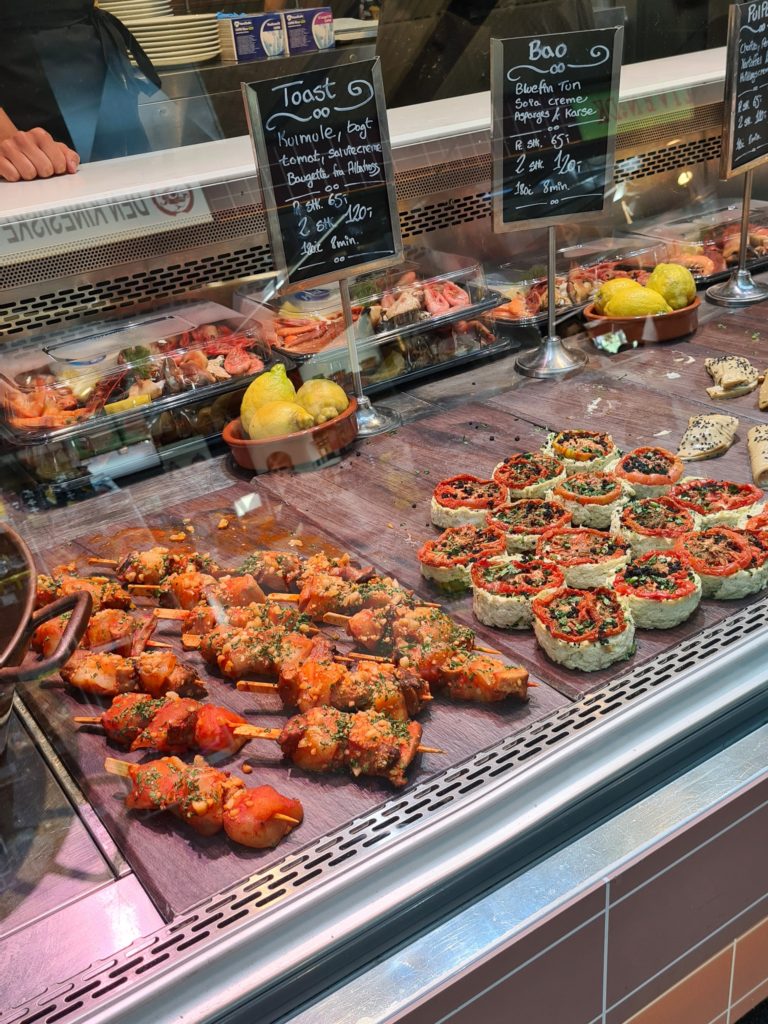
8. The Church of our Saviour
Voted the most beautiful church in the city, The Church of our Savior can only be visited by online reservation. The spiral-shaped spire is fabulous and there are 400 stairs to reach the top. We immediately thought of the Ambuluwawa Tower in Sri Lanka and their similar structure.
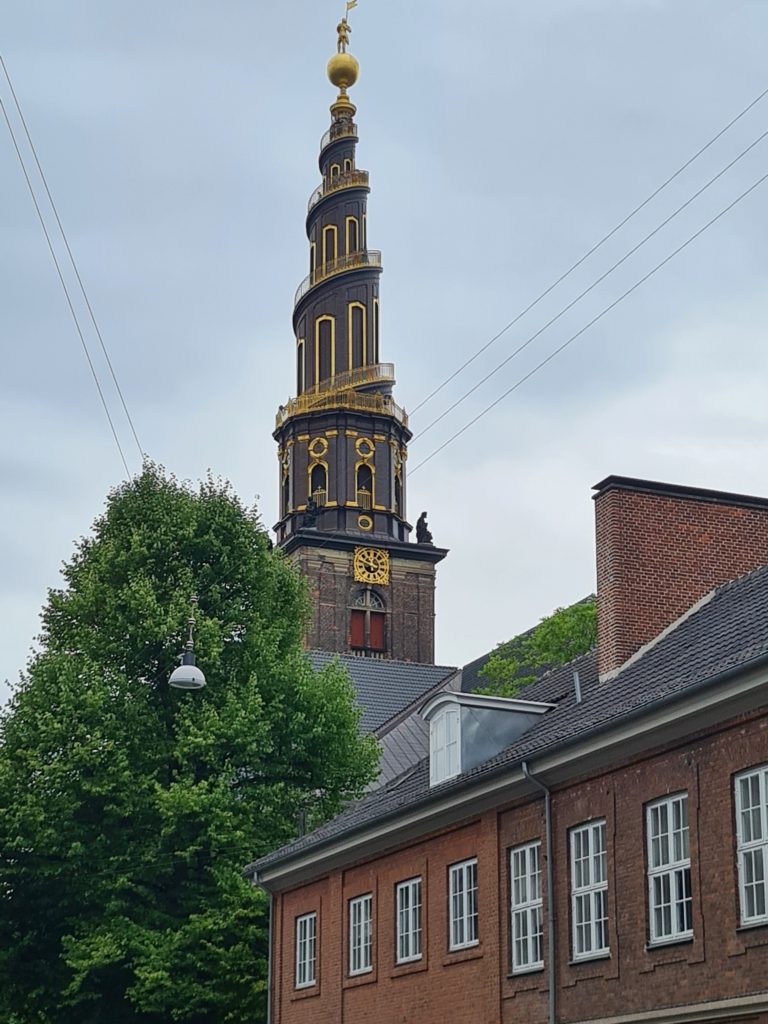
9. Christiania Freetown
Christiania is the place with a lot of gratifies and street art. Here the approximately 1000 residents live according to their own rules from the ’70s until now. And it is very interesting that Pusher street or the Green Light District is the only place in the country where cannabis trade is allowed. Somehow atypical, because the residents, obviously have their rebellious hippie style, but the area is touristy and safe.
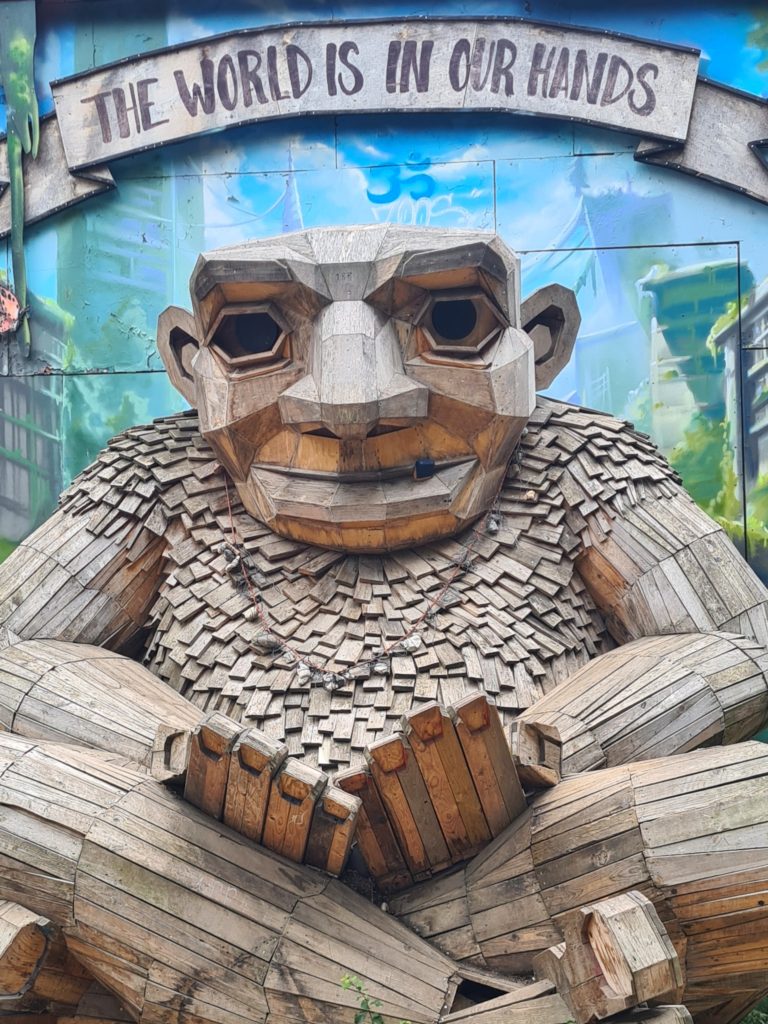


10. Ofelia Plads
Located quite close to Nyhavn, Ofelia Plads is a public square, which hosts many outdoor events, shows or plays.
11. Amalienborg
Amelienborg is the residence of the danish royal family and here you can find 4 magnificent rococo palaces, located symmetrically. In the middle is a statue of the founder, King Frederick V. Of the 4, only 2 are open to the public: the palaces of Christian VII and Christian VIII.
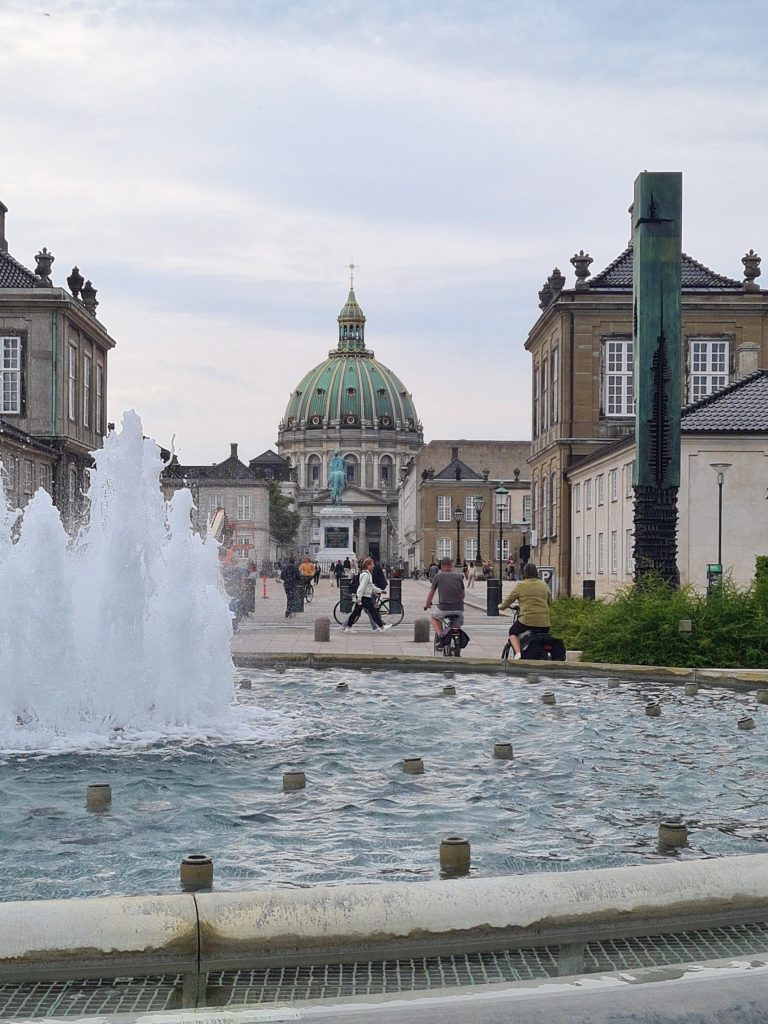
12. Frederik’s Church
In the immediate vicinity of Amelienborg, there is the beautiful Frederik’s Church, also known as the marble church. Paradoxically, due to the financial problems of that time, it is made of calcareous stone and not marble. It keeps the same rococo style and the church is Evangelical Lutheran. Nowadays, this is the favorite place of the danes to formalize their marriages.
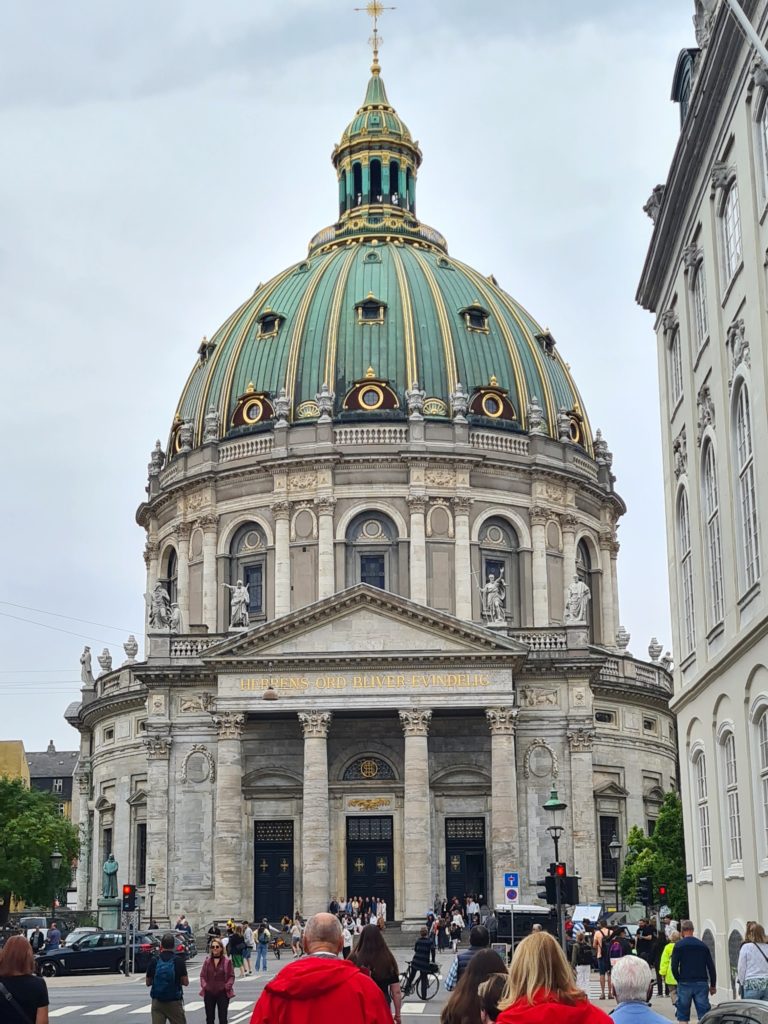
13. Krusemyntegade
In danish, “krusemynte” means mint, and “gade” means street. The houses are brightly colored, many flowers and surprisingly quite, just few people around the area. The whole street has a special charm and Rigensgade or Adelgade are also a nice place to walk.
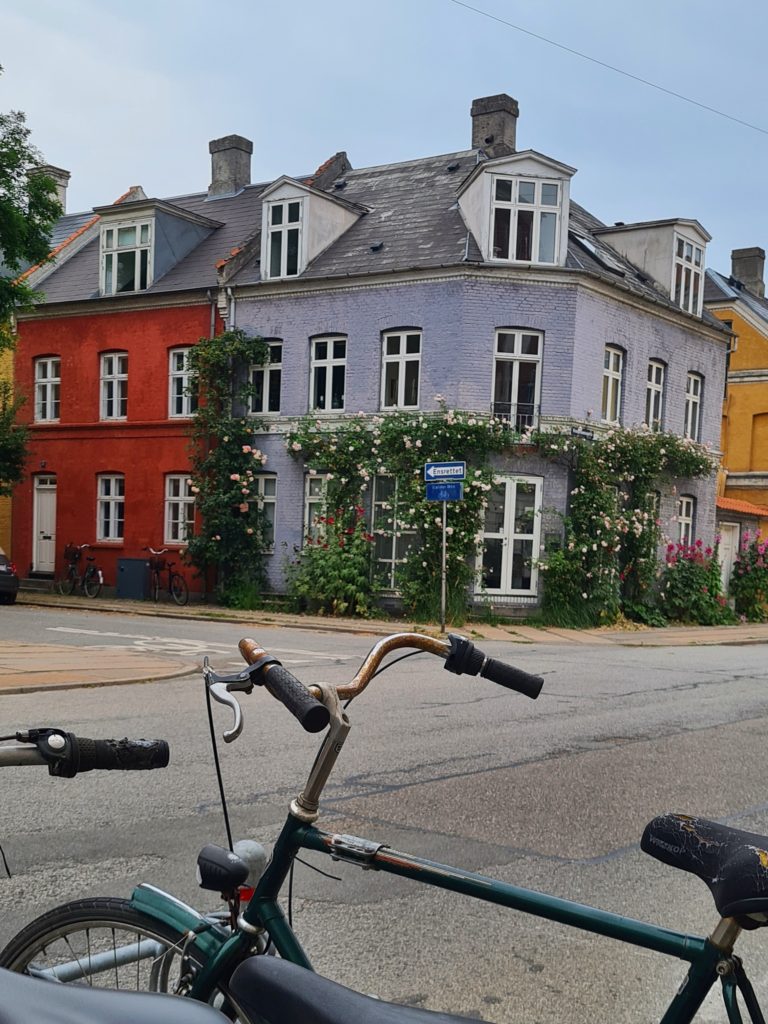
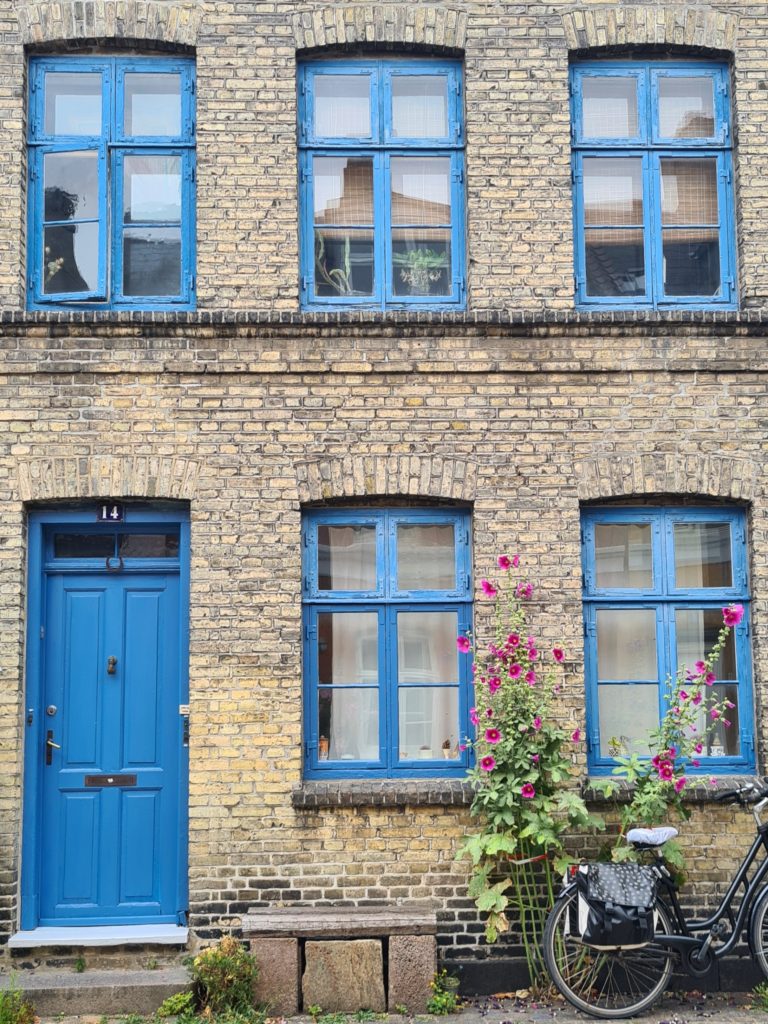
14. Kastellet
Kastellet is a combination of a citadel, a public park and an area for military. It has the shape of a pentagon and most Danes come to relax, walk or do sports. There is also a very well preserved windmill here.
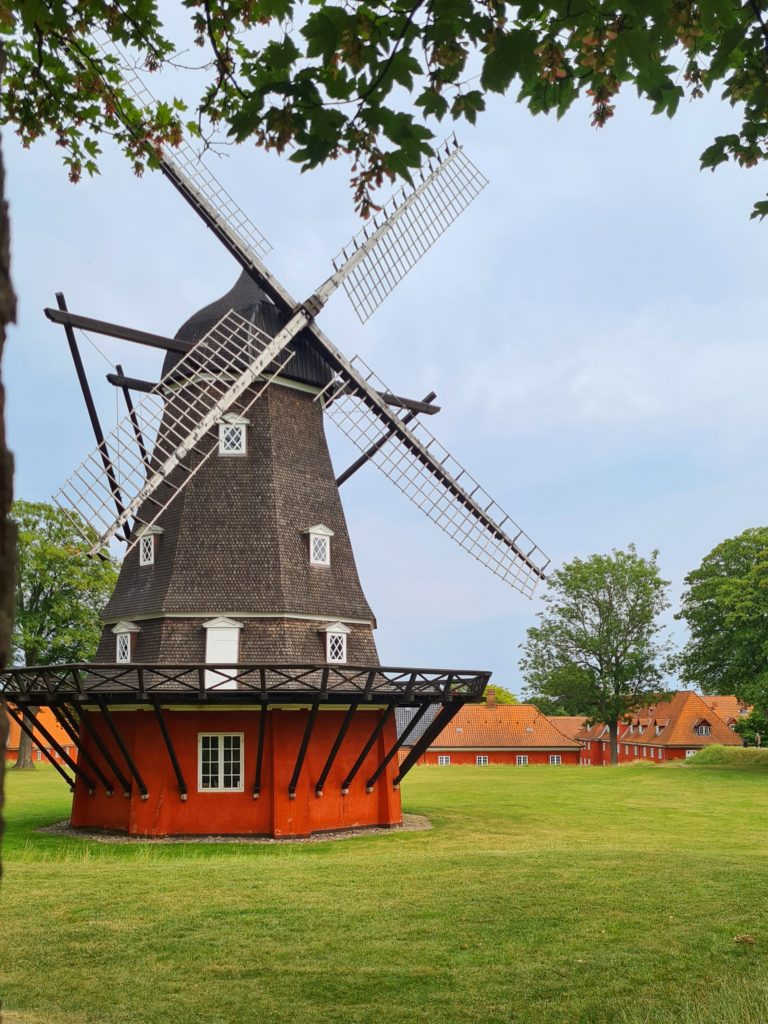
15. Little Mermaid
This statue appeared as a result of the famous fairy tale written by Hans Christian Andersen: The Little Mermaid. The story, which has become famous in many countries since its publication, has as its main character a mermaid, willing to make many sacrifices, in order to become a human being. The reinterpretation then appeared in theaters, ballet, opera…and here is a statue that the danes are proud of.
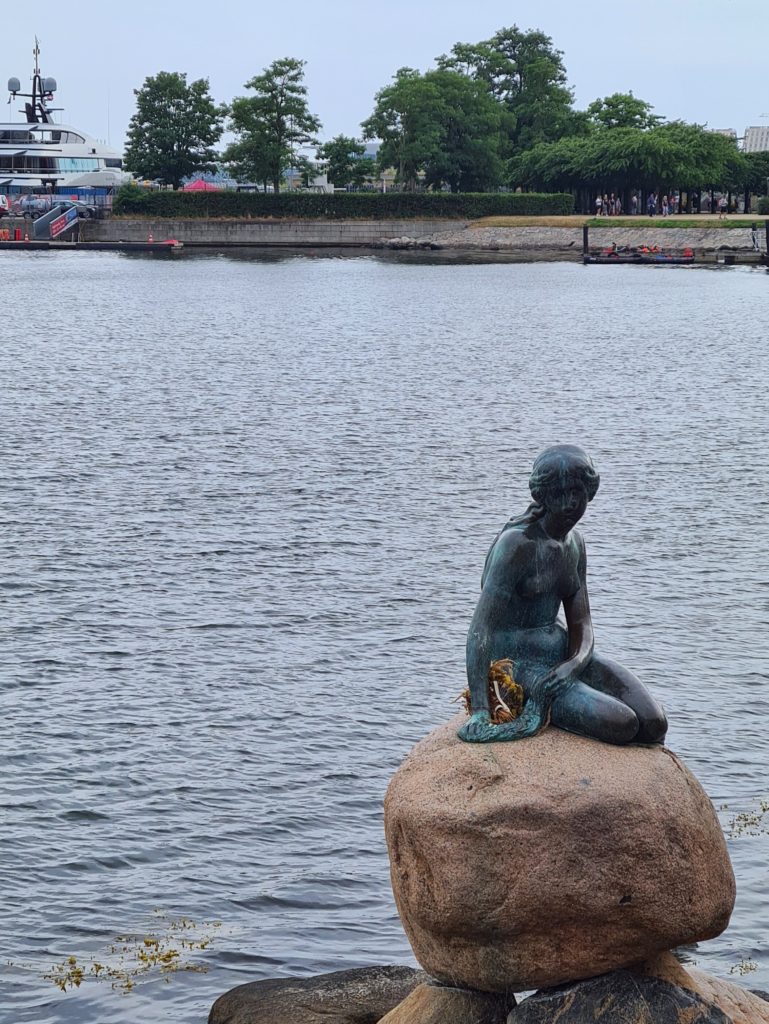
Tak, Cristiana ✈️??
